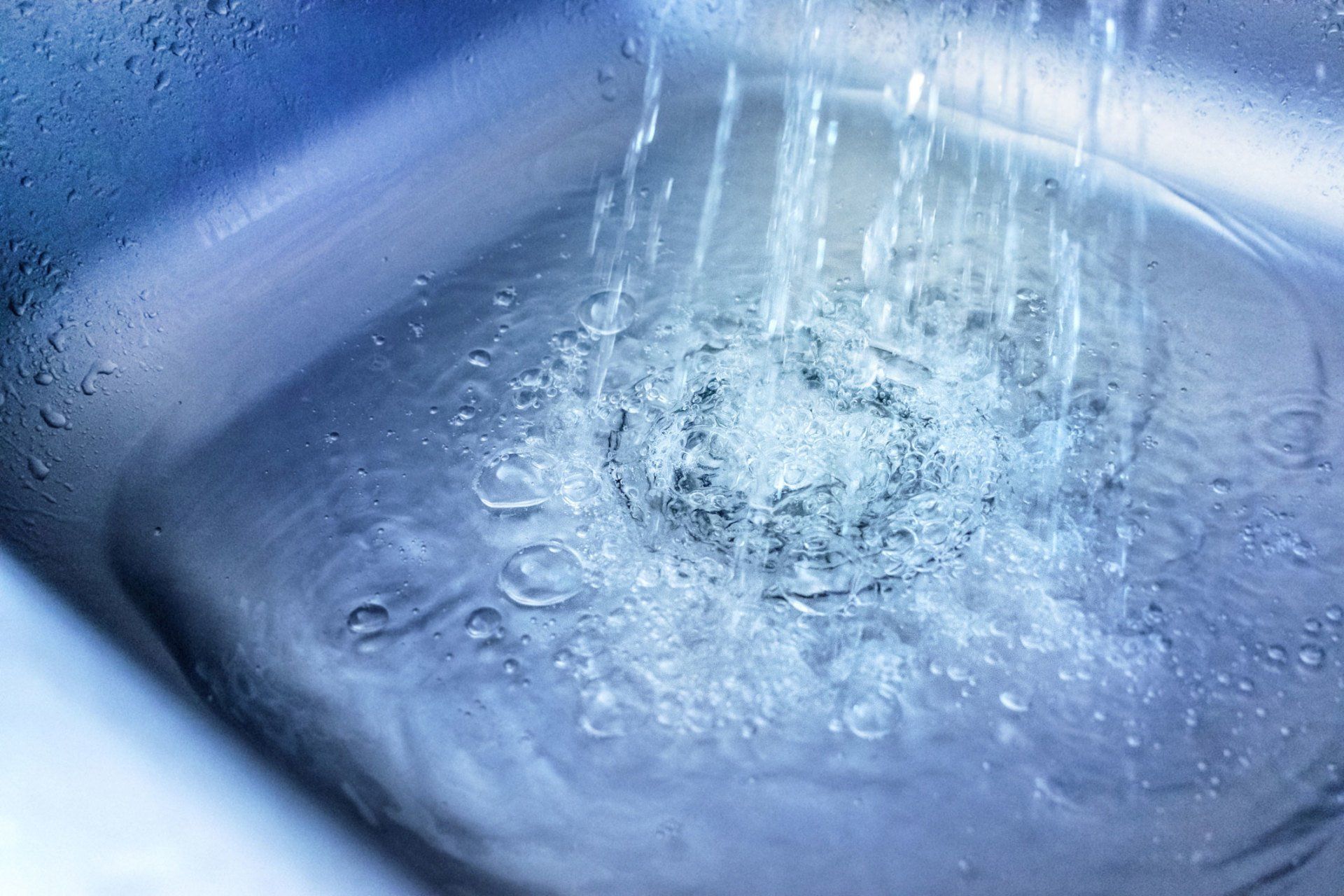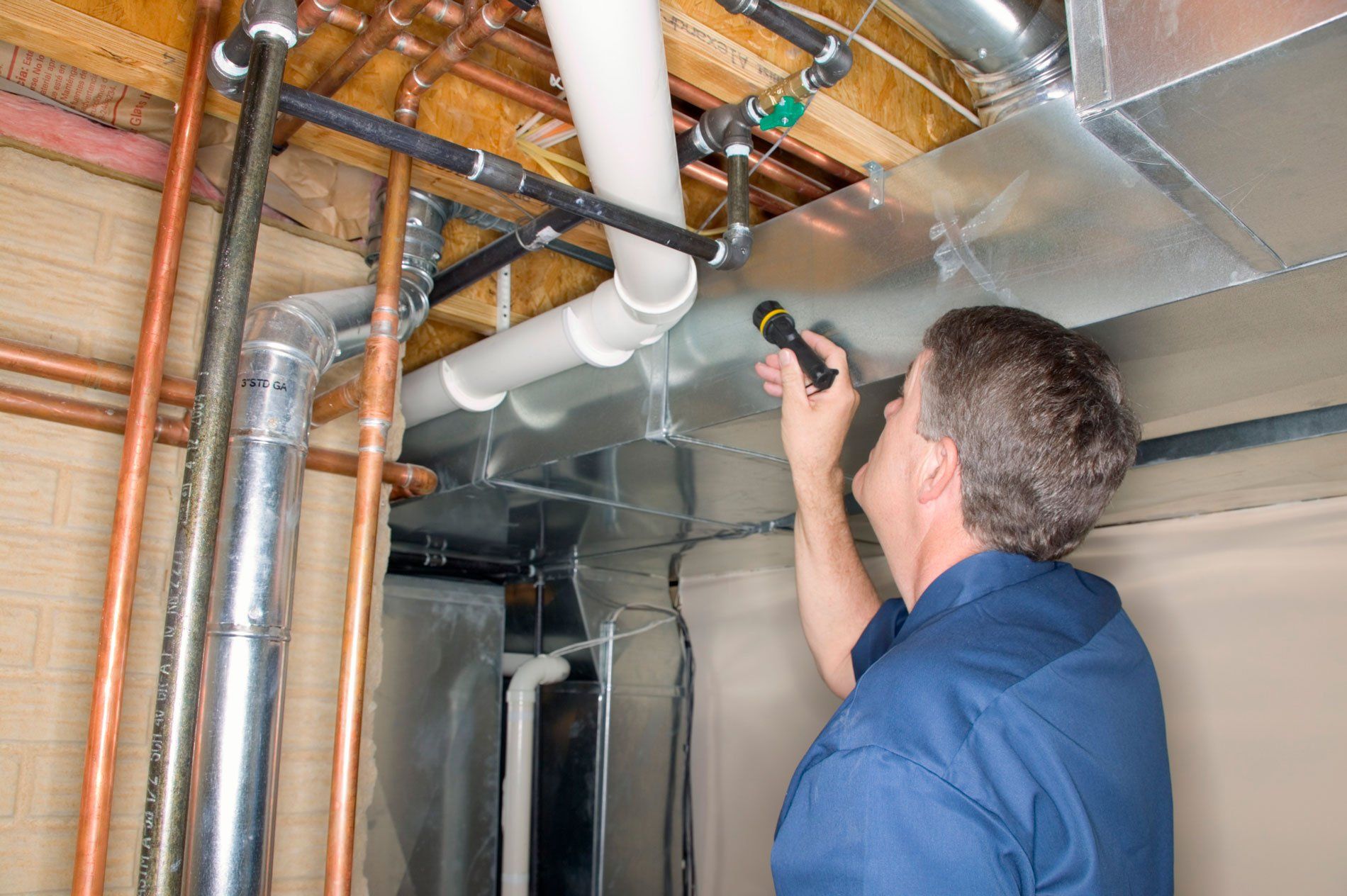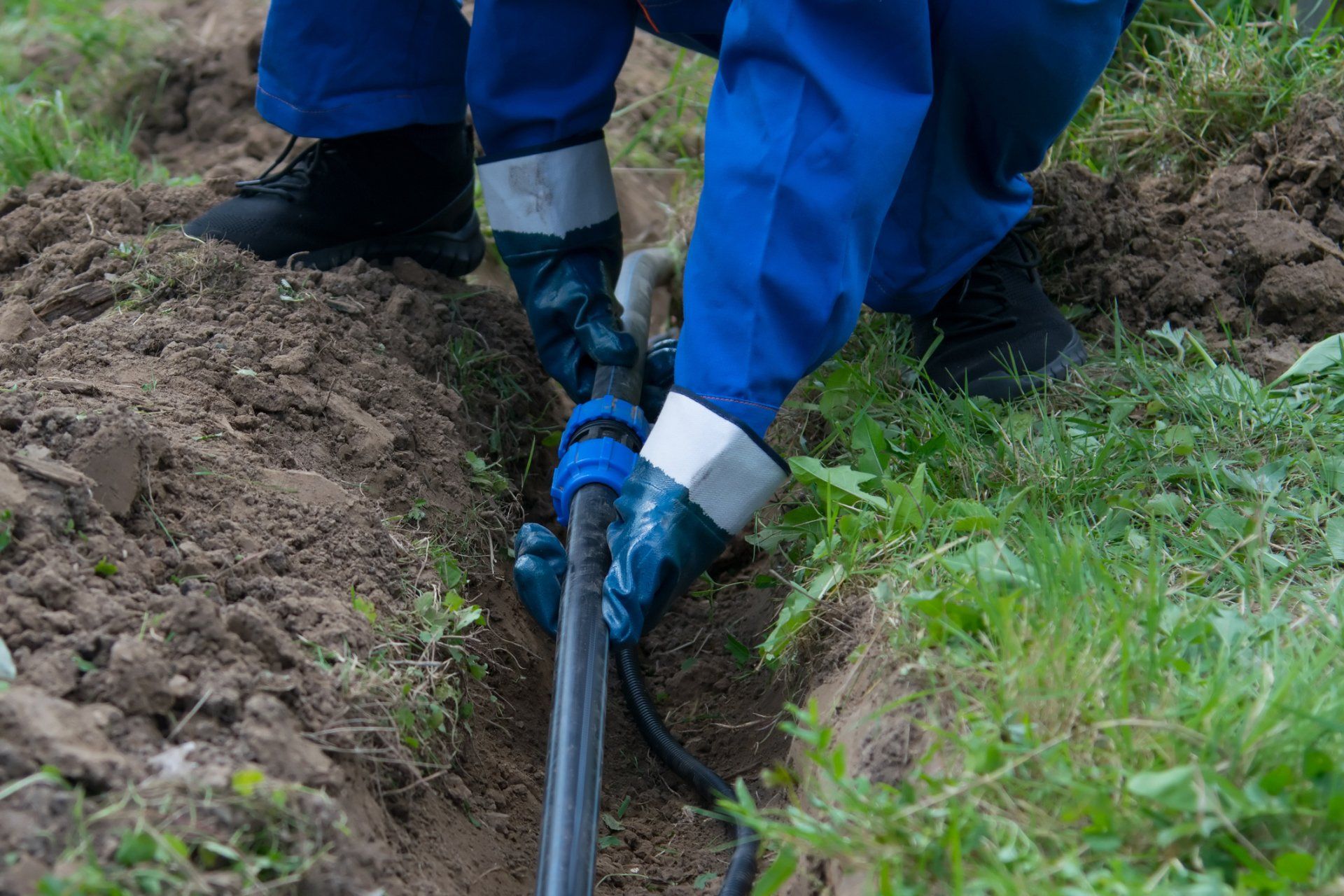Common Reasons for Discoloration in Your Bathtub
If you're tired of scrubbing stains out of your bathtub or you've recently noticed discoloration, and you're concerned it could herald a serious problem, you're in the right place. Here are some common reasons why your bathtub may appear discolored.
1. Hard Water
Limescale is a term used for the deposits that hard water leaves. These limescale deposits can build up over time until they have a raised texture as well as an odd color. While limescale in the bathtub may not look attractive, you can usually remove it with special cleaners and elbow grease.
Hard water may also cause orange or brown stains in fixtures that look like rust. These stains are caused by iron content in the hard water; the iron rusts, which is why the color looks rusty. You can also typically be clean these stains away, perhaps with the help of vinegar (another possible reason for rusty stains is that your water pipes are rusting).
The limescale deposits in your pipes, however, may not be so easy to eliminate. Over time, hard water can cause enough deposits that your pipes won't be able to carry as much water as they used to. Talk to your plumber about installing a water softener to prevent this issue, especially if your hard water is extreme and deposits build up relatively quickly.
2. Soap Scum
A tacky, filmy substance, soap scum can be difficult to scrub away if you're just using elbow grease. Often, soap scum can cause discoloration such as a light gray color. Typically, soap scum requires two things to form: the use of a soap product and the presence of hard water.
If you install a water softener, you may not have to deal with soap scum anymore. An alternative is to switch to using a liquid product (such as a body wash) in the shower; these often employ a gentle surfactant rather than a true soap solution. Or if the scum problem is mild, you may prefer to simply scrub the scum away weekly, using a cleaner such as borax.
3. Strong Cleaners
A chemical drain cleaner is more likely to discolor your fixtures by eating away at the finish. For instance, chemicals such as lye (sodium hydroxide) can be corrosive enough to damage, discolor, or erode the chrome plating on the handle and other fittings.
Drain cleaner damage is less likely to cause discoloration to the body of the bathtub. However, it can destroy shiny chrome plating until you need to replace the tub fittings. This is just one of the reasons why professional plumbers don't recommend chemical drain cleaners. Instead, call for a plumber if you have a drain clog or slow drain.
Other types of cleaner that can cause damage and discoloration to chrome include:
- acid-containing cleaners
- abrasive cleaners
- chlorine bleach
You should also avoid using steel wool or similar scouring pads, which may scratch the soft chrome metal.
4. Mildew Stains
If you use your bathtub only for showers, you may not notice at first that mildew has started to grow on the side of the bathtub. Shielded from view by the shower curtain liner, this part of the tub may have extrahigh humidity, making it an ideal situation for mildew.
Fortunately, many bathroom cleaners are equipped to deal with mildew stains. Bleach-containing cleaners, for instance, can help to kill the mildew off as you scrub the stains away. (Just don't get the bleach on any chrome fittings in the tub.)
As you can see, some causes of stains and other discolorations are simply aesthetic issues, while others can actually have repercussions for the functioning of your plumbing. You can solve several types of discoloration, including rust stains, mineral deposits, and soap scum, with the addition of a water softener.
If you'd like help getting to the bottom of a discoloration problem or suspect your bathtub problems are related to a larger plumbing issue, get in touch with 1A Florida Plumbing Inc. today.


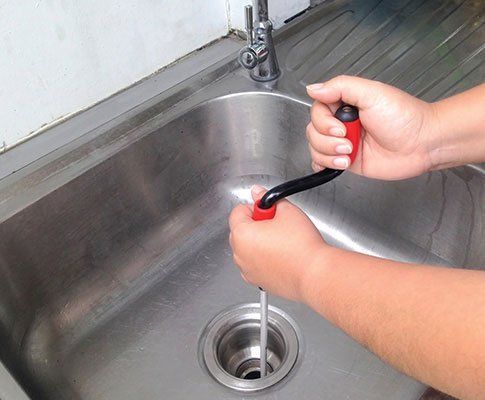
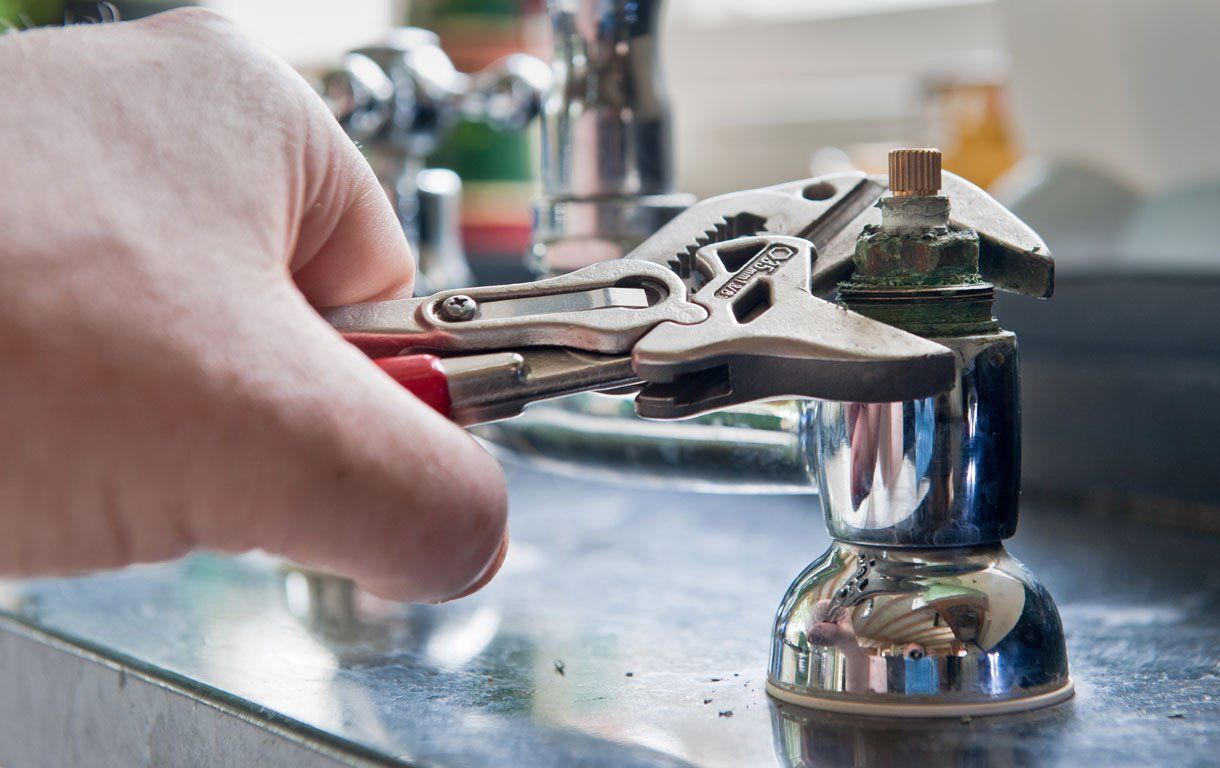
BROWSE OUR WEBSITE
CONTACT INFORMATION
Business Hours
- Mon - Sun
- -




















